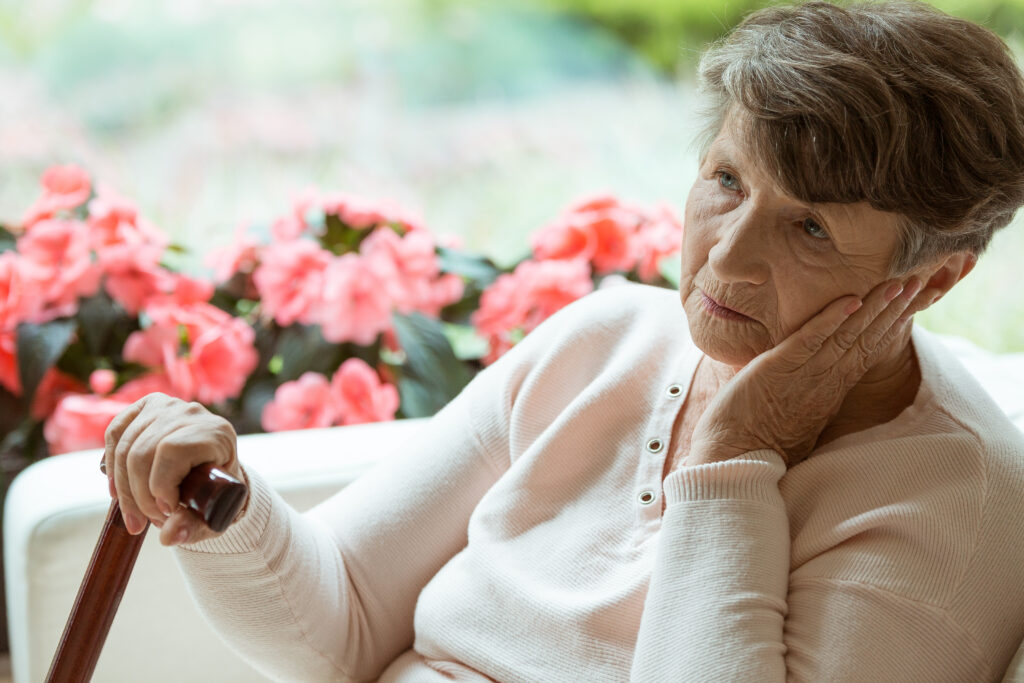Fatigue is a major symptom in cancer and it is particularly pronounced during treatment. To date, the proper management of cancer-related fatigue remains challenging for patients and healthcare providers and we know very little about the daily course of fatigue during chemotherapy.
Our team at the USC Center for Self-Report Science along with collaborators from Stony Brook University recently published a study* where we examined daily changes in fatigue in women receiving chemotherapy for breast cancer. Women with breast cancer (n = 77) receiving standard adjuvant chemotherapy rated their fatigue every evening for 28 consecutive days, starting 8 days before a chemotherapy infusion. In order to assess fatigue, we used an adapted “daily” version of the NIH Patient-Reported Outcomes Measurement Information System (PROMIS®) fatigue instrument. PROMIS developed brief, reliable, and valid state-of-the-art self-report instruments for common medical symptoms that can be used in research and clinical practice (www.nihpromis.org).
We first wanted to characterize symptom levels and changes in fatigue during patients’ treatment. Our second goal was to identify subgroups of patients with distinct fatigue trajectories, or patterns of fatigue. Our third goal was to examine whether the subgroups differed in demographic, psychosocial, and medical variables (e.g., infusion cycle, menopausal status).
In line with prior research, we found that patients experienced an inverted-U-shaped fatigue pattern over about 2 weeks for both types of chemotherapy treatment. After an infusion, patients reported that their fatigue increased over the next 2–5 days and then returned to near pre-infusion levels by days 10–12 of the study. We further identified three patient subgroups with distinct fatigue trajectories during a treatment cycle: one group with “low fatigue” (23 %), one with “transient fatigue” (27 %), and one with “high fatigue” (50 %). Patients in the “low fatigue” group reported that their fatigue increased after an infusion but then quickly got better. In this group, patients’ self-reported fatigue before the infusion was lower than the general population average and it also returned to below normal levels. Patients in the “transient fatigue” group rated their fatigue somewhat low before the infusion but then reported a steep increase in fatigue before returning to pre-infusion fatigue levels after about 10 days. Finally, patients in the “high fatigue” group rated their fatigue consistently high on the day before the infusion with another increase during days 2–8 of the cycle.
An interesting finding was that while the three groups did not differ significantly on demographic or medical characteristics, they did differ on health and psychosocial functioning before starting treatment. Compared with the “low fatigue” group, patients in the “high fatigue” group reported significantly poorer general health, poorer physical, emotional, and social functioning, as well as higher depression levels. Patients in the “transient fatigue” scored significantly better than the “high fatigue” group and comparable to the “low fatigue” group on physical and social functioning. However, they reported marginally greater emotional problems and significantly higher depression than the “low fatigue” group. For about half of the patients in our study, their self-reported global health was not worse than the average of the general population. The “low fatigue” group was impressive in that patients reported better physical and mental health than the average of the U.S. population. This suggests that a subset of patients is particularly healthy and resilient. The “transient fatigue” group was closer to U.S. population ratings of health. In contrast, patients in the “high” fatigue group rated their global health as worse and reported physical as well as psychological distress.
Our results suggest patients’ reactions to chemotherapy infusions vary and that they experience fatigue in different ways during treatment. This is especially important from a clinical perspective. Patients in the “high fatigue” group might be in particular need for interventions that help them reduce their persistent fatigue. Patients in the “transient fatigue” group would likely benefit from education about the expected brief increase in their fatigue after an infusion and ways to manage it.
- Junghaenel, D.U., Cohen, J., Schneider, S., Neerukonda, A.R., & Broderick, J.E. (2015). Identification of distinct fatigue trajectories in patients with breast cancer undergoing adjuvant chemotherapy. Supportive Care in Cancer, 23: 2579-2587.
